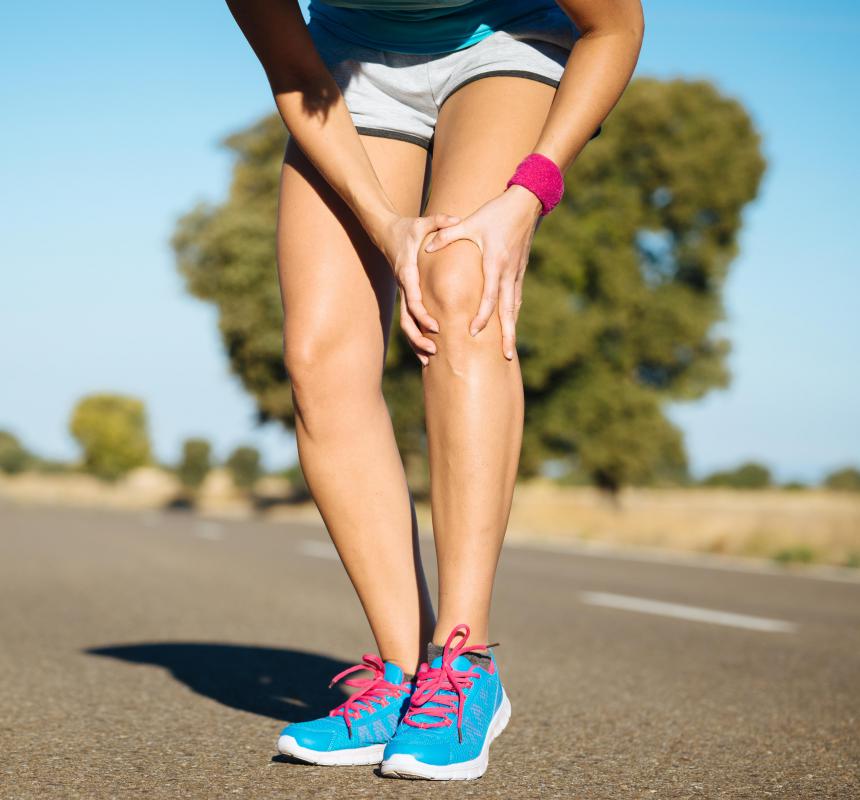At WiseGEEK, we're committed to delivering accurate, trustworthy information. Our expert-authored content is rigorously fact-checked and sourced from credible authorities. Discover how we uphold the highest standards in providing you with reliable knowledge.
What are Femoral Biceps?
The femoral biceps, also known as the biceps femoris, is a muscle of the hamstrings on the back of the thigh. Like the biceps brachii muscle on the arm, it is a two-headed muscle referred to as the biceps even when singular in form. Its function is also analogous to that of the arm muscle because just as the biceps brachii curls the elbow joint, the biceps femoris curls the knee joint. In addition to its function as a flexor of the knee, the femoral biceps is also involved in hip extension and lateral rotation of the thigh.
Situated on the back of the thigh, this muscle features two sections or heads, one arising from the hip and the other from the thigh. The long head of the femoral biceps originates via a tendon on the rear aspect of the tuberosity of the ischium, a thickened bone on either side of the bottom of the pelvis that is collectively referred to as the “sit bones.” Beneath this lies the short head of the femoral biceps, which originates about midway down the back of the femur bone in the thigh along a vertical ridge known as the linea aspera. Together, the two heads of this muscle, both of which are fusiform or spindle-shaped, run down the center of the back of the thigh.

Shortly before reaching the knee joint, the femoral biceps curves slightly laterally, where the two heads converge to form an aponeurosis, or sheath of white, tendon-like fibers that encloses the belly of the muscle. These fibers taper into a single tendon that crosses behind the knee joint along its lateral or outer side. It then inserts just below the knee on the fibula bone of the shin, specifically on the lateral aspect of the head of the bone. Some of the tendon’s fibers also unite with those of the fibular collateral ligament of the knee joint as well as with those of the fascia of the lower leg, the sheath encapsulating the muscles found there.

As this muscle crosses both the hip and knee joint, it performs actions at both joints. It is most powerful, however, when only one joint is active. For instance, it acts in conjunction with the semitendinosus and semimembranosus muscles of the hamstrings to flex the knee joint, but its role is lessened when it is simultaneously called upon to extend, or draw backward, the hip joint. Likewise, it is less active in hip extension and external rotation when concurrently flexing the knee joint.
AS FEATURED ON:
AS FEATURED ON:














Discuss this Article
Post your comments